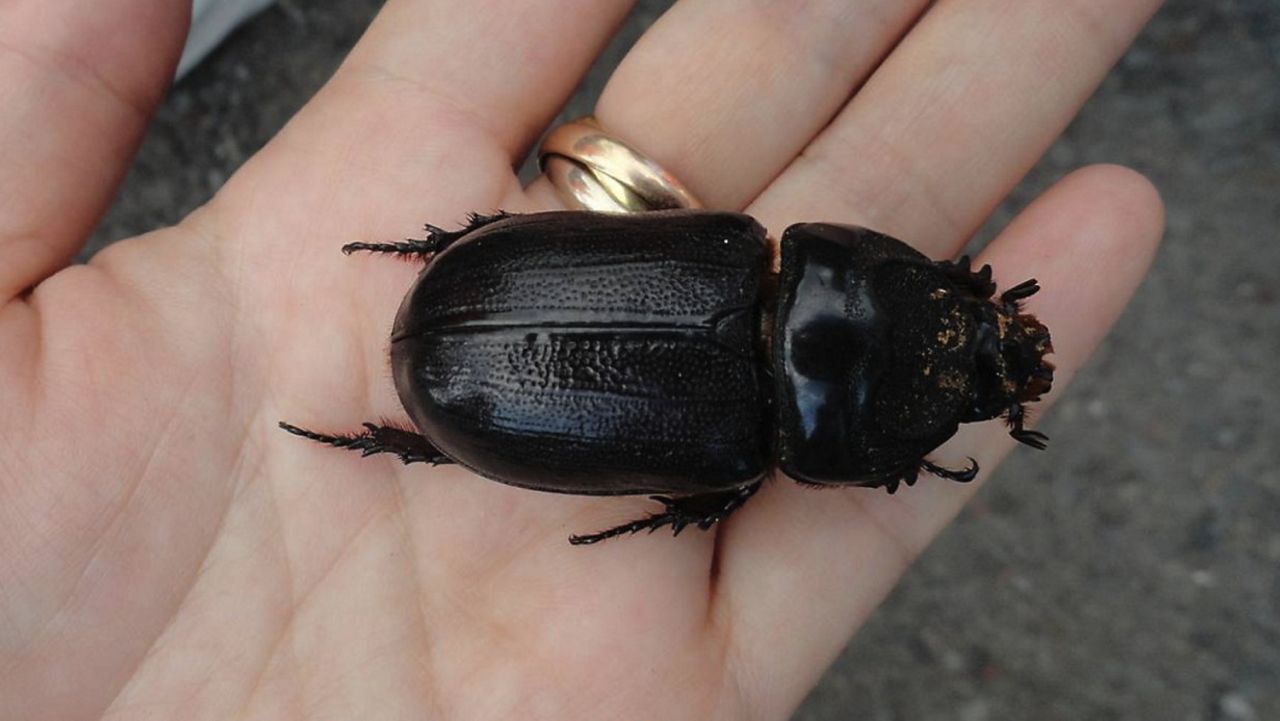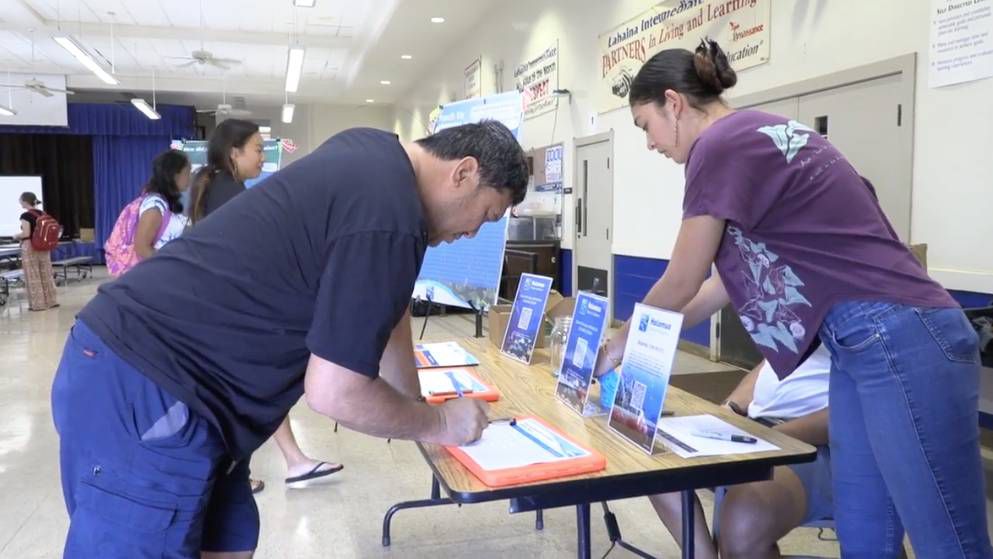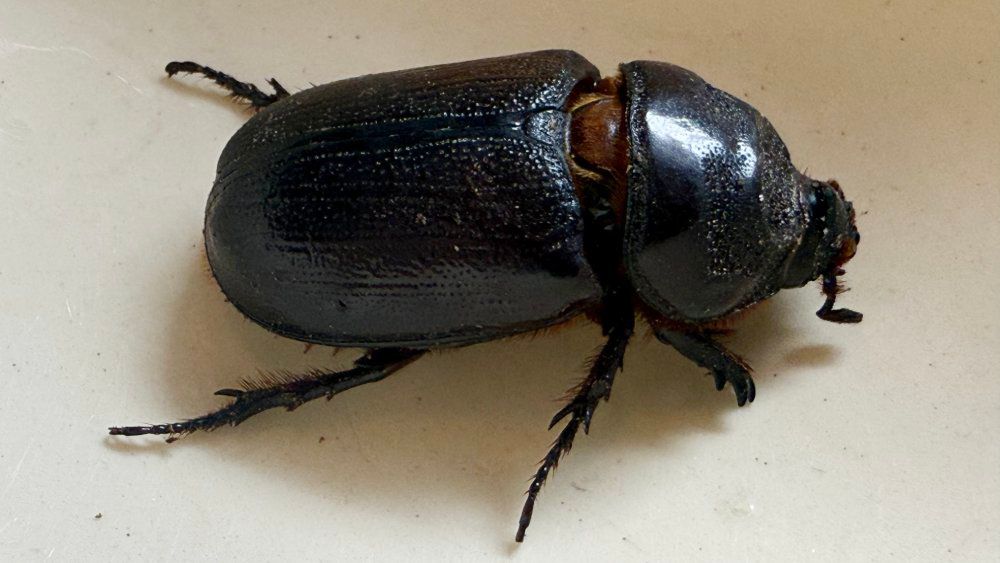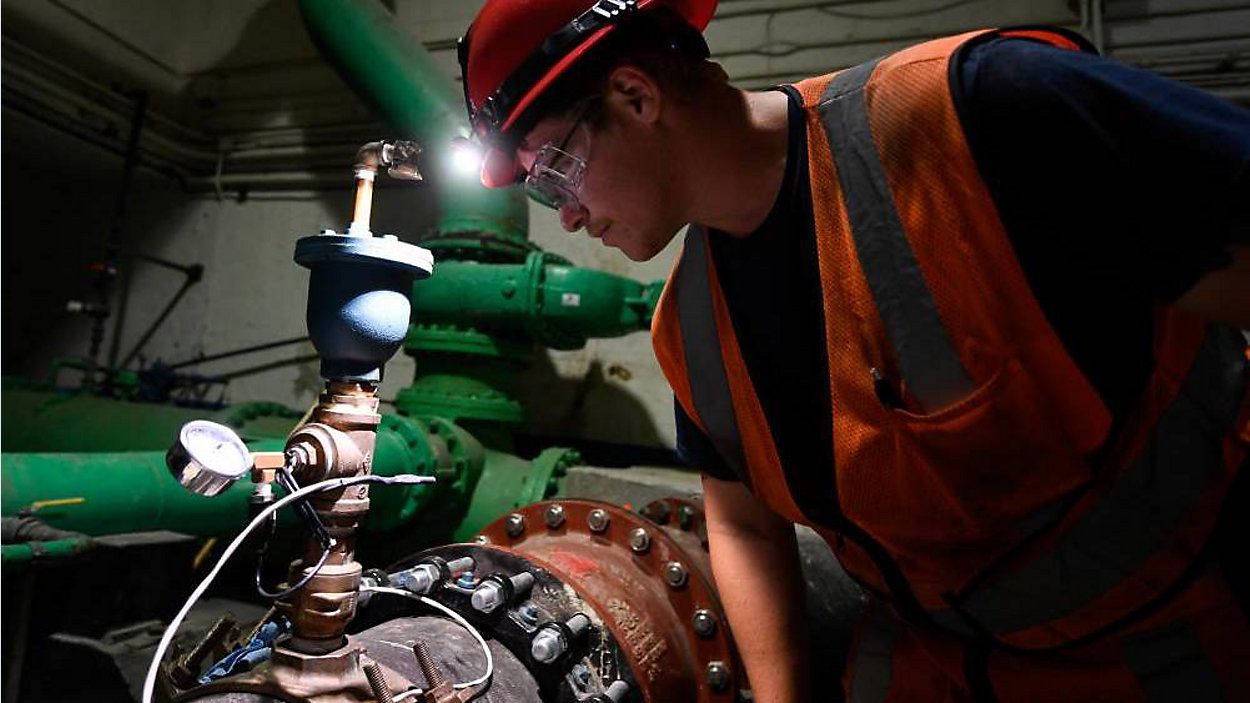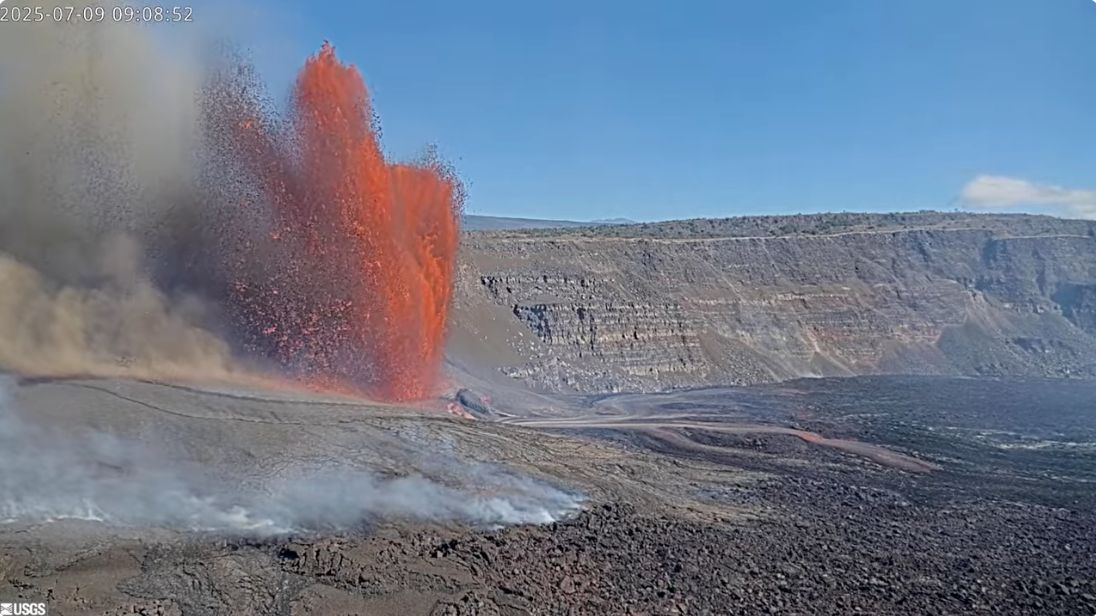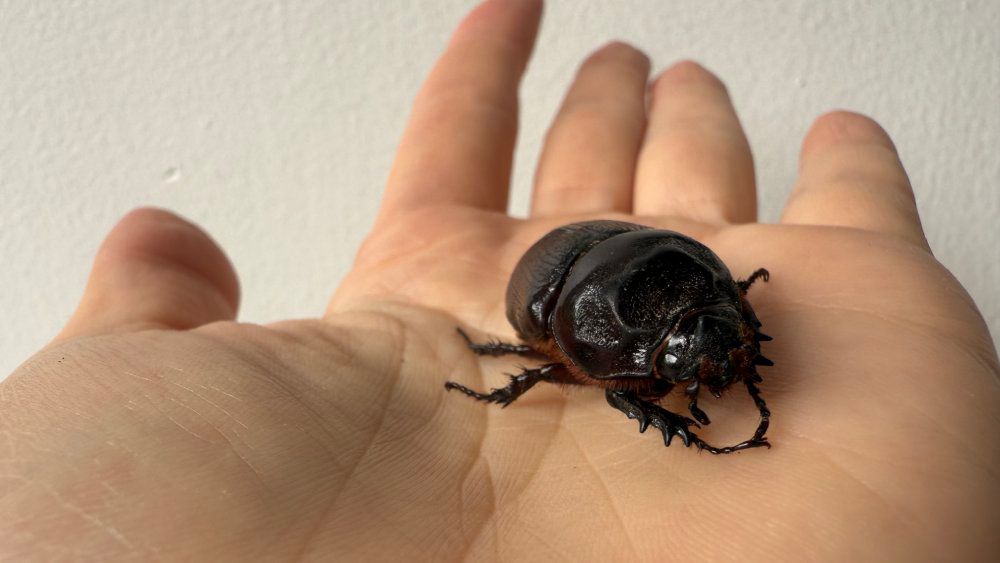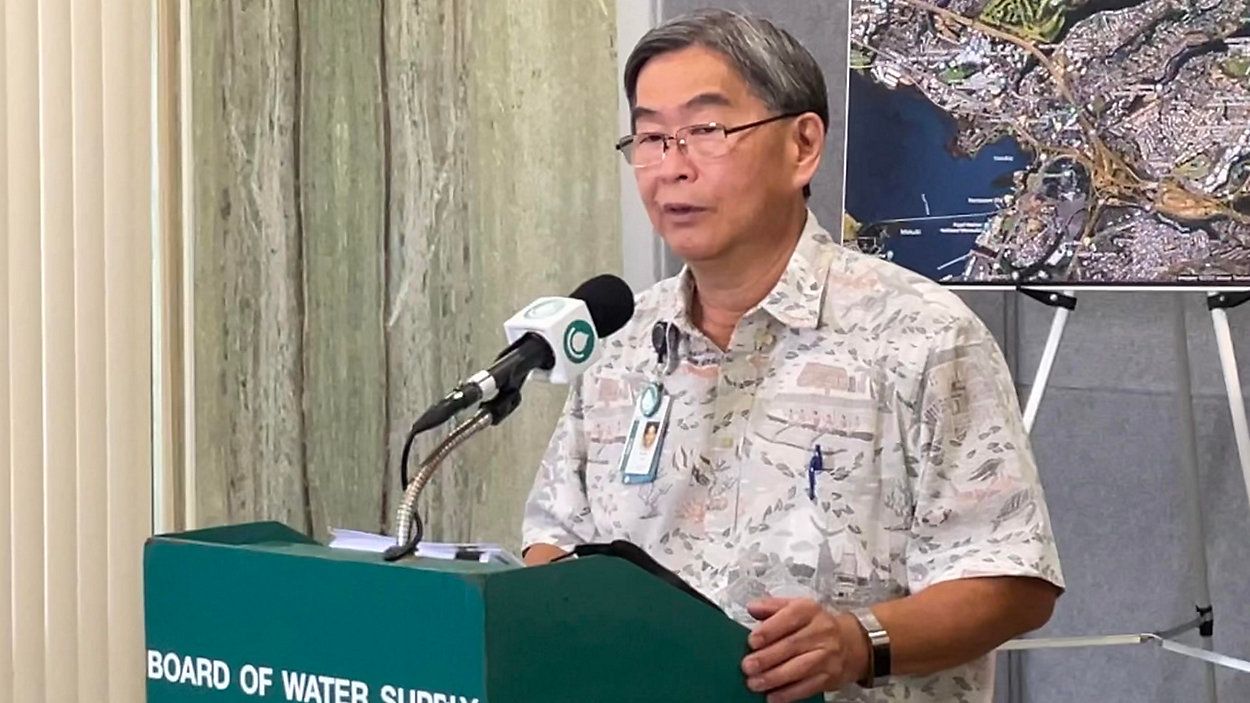Beginning Monday, crews from the city’s Division of Urban Forestry and the State of Hawaii Department of Agriculture are working in collaboration to inject roughly 800 palm trees in city parks from Kakaako to Ala Moana with a preventative treatment to fight the invasive Coconut Rhinoceros Beetle.
The aim is to inject trees with Xytect insecticide to create a barrier of treated palms around a dense population of trees in urban Honolulu.
Treatments are taking place at the following parks — Kakaako Waterfront, Kakaako Gateway Makai, Kakaako Gateway Mauka, Kewalo Basin Park and Ala Moana Regional Park — which complement injections of palms in park locations at Hanauma Bay Nature Preserve and around Diamond Head, including Lēʻahi and Makalei beach parks.
“We estimate that about a half of our palm tree inventory, of nearly 8,000 palms across the island, is concentrated from Moanalua to the Ka Iwi Coast,” said Roxanne Adams, the head of the City’s Division of Urban Forestry and lead arborist, in a release. “So, the goal is to create a barrier, making it more difficult for the beetle to infiltrate into these dense groves.
“While we want to save as many palms as possible around the island, the spread of CRB is easier to mitigate in the urban jungle where there is more development and less rugged natural landscape, agriculture, and breeding site debris such as mulch piles. We are also sensitive to the concerns of how this treatment impacts pollinators and the coconut fruit, as expressed in the more rural communities. The hope is that awareness of our efforts, and continued support from the HDOA, the CRB Response Team, and a community of nonprofits and environmentally supportive neighbors will ultimately be some of our best resources to combat this devastating invasive pest,” Adams said.
Supplies for the treatment on a large scale are possible because of the collaboration with HDOA, and while effective against CRB, it is cost prohibitive and will require future applications. People can view the pros and cons regarding the treatment options available in Hawaii on the CRB Response Team website.
The city and the Department of Parks and Recreation have used a variety of methods to fight the spread and impact of CRB on thousands of palms since early 2024. They include:
• Feb. 2024 - DPR partnered with Papahanaʻo Kaiona, Hānai Kaiāulu, NiuNow, and the Nanakuli Neighborhood Board to install CRB-trapping netting on newly planted palms at Tracks Beach Park (Keoneʻōʻio).
• Since March 15, 2024, the Honolulu Department of Planning and Permitting has implemented a policy aimed at slowing the spread of CRB for public and private sectors.
• From summer through fall 2024, DPR removed about 200 palms along the Leeward, Northern and Windward coasts afterafter CRB had infested those trees and posed safety hazards. At the same time, palm trees at Haleiwa Beach Park were injected thanks to a partnership with the North Shore Outdoor Circle.
• Four different times over the past year, DPR, HDOA and the University of Hawaii have treated palms along Royal Palm Drive and Kellogg Street in Wahiawa with a crown spray.
The severity of the impacts caused by the CRB highlights the need for flexible methods to fight the invasive pest and the need for collaboration among government, private and nonprofit entities.
Another method to combat CRB is to plant shade or native trees when damaged palms require removal. These shade or native trees will provide more canopy over the years while reducing the impact of the CRB. Those interested in planting trees can contact the Community Forestry Office at duf@honolulu.gov or call 808-971-7151.
People can also report sightings of CRB or damage from invasive species to 808-643-PEST (7378) or online at 643pest.org.





